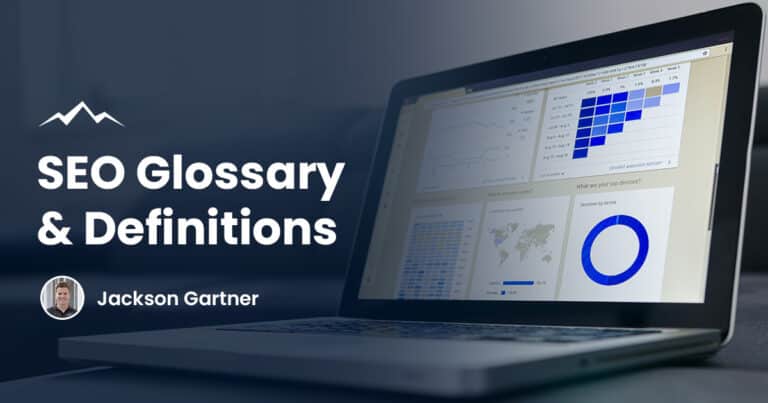There’s no denying that social media is such an important aspect within a business nowadays. But with so much out there, it can often be difficult to sift through the numerous platforms on offer. Which one is going to best suit my business? How should I be getting my content out there? Which one is going to help grow my clientele more?
Well, various platforms can meet different objectives within a business. In fact, businesses often thrive off a combination of social media platforms, as it allows for greater engagement with audiences and promotion of your content.
Regardless of the type of platform you choose, however, a great level of the time and energy is needed to make the marketing strategy successful. It’s easy to be the consumer scrolling through an Instagram feed, but it’s a lot harder to be behind the development and success of a social account. The last thing you want is to be wasting time and money on platforms that aren’t servicing your business in the right way.
But before we dive into the semantics of your choices, it’s important, as a business, to first define a few things:
- Goals
- Know what your goals are as a business; this will help to give a greater focus towards both your brand’s image, as well as its marketing strategies
- Audience
- Identify who your audience is. This will allow you to analyse where they operate and what they engage with most
- Content
- Understand what content your business produces. This will help you to identify what your audience is consuming and how best to promote it
Each social media platform is different. Each have their own demographics, are tailored more effectively for particular content and respond differently within a business context. By defining your goals, audience and content, you will be able to more accurately identify which platform is the right fit for your business and why.
While there is a myriad of platforms to discuss, I will be focusing on these four: Facebook, Instagram, LinkedIn and Twitter.
Let’s get started!
Facebook, by far, has the largest user base, with over 1 billion users per day. Because of this, the audience is both extensive as well as incredibly varied. Studies have shown that the largest demographic lies between the ages of 18-29 and 30-49. And while there has certainly been a decline in use among younger generations, particularly with the uprise of Instagram, Facebook’s audience remains widespread. This is also what makes Facebook’s targeted advertising such a valued commodity for businesses. Advertisements on Facebook are said to reach anywhere up to 1.95 billion people.
Now that’s a selling point!
Facebook is also designed for eCommerce, making it easier to promote and sell products, and is excellent for customer communication. It’s important to remember that with a variety of businesses utilising the platform, Facebook is incredibly competitive.
While Instagram’s user base may be smaller than Facebook’s, engagement levels over the last few years have increased greatly, as people are spending more time on Instagram than Facebook. The most active age on the platform is said to be 18-34, and the majority of the users within Australia have been recorded as female.
Instagram is the ideal micro-blogging platform and is heavily focused on image and aesthetic. Because of this, it requires a lot of time and energy to maintain and do effectively, and as such, not all businesses can profit from the platform. Those that succeed often have a visual element to their business, whether it be design, fashion, hospitality, retail, or entertainment. Instagram also has a range of features tailored to a business profile, such as eCommerce software, Ad and Promotion options, hashtags, website links, and a range of other features to increase customer engagement. Instagram is a great place to both keep an eye on your competitors while also gaining inspiration from them.
Even though Instagram can be a hard one to get right, when done correctly, it can serve as an integral part of your content promotion and clientele.
With over 660 million registered users and a main target demographic of 30-49, LinkedIn is the ideal place to make connections within the professional world. However, unlike most social media platforms, LinkedIn is less about customer engagement and more about professional networking and self-branding, and is therefore best for B2B businesses.
This is not to say that it is entirely a waste of time for others. In fact, LinkedIn can serve many benefits to a business within a professional capacity, such as researching trends within the business world, keeping an eye on competitors, generating leads, as well as being a great hub for recruiting talent. Furthermore, LinkedIn can help to establish your business as an authority in your industry, thereby increasing your credibility.
Because LinkedIn is not as customer driven, it also doesn’t need to be as regularly maintained. As long as you have a strong image of your business on the platform and make an effort to engage with business-related content and networks, LinkedIn can work greatly to your advantage.
Like Instagram, Twitter is the ultimate micro-blogging platform, but with a limit on characters, Twitter can often be a hard one to get right. There are 4 million registered accounts in Australia and the popularity seems to sit mainly with those aged between 18-29. It is a perfect platform to engage with customers, as your content can show personality and must therefore be engaging and easily digestible. Although Twitter is more about driving traffic than sales, it is a useful resource for maintaining brand awareness, researching trends, and advocating immediacy within an industry.
The majority of the businesses that occupy Twitter appear to be larger companies, such as hospitality, entertainment, retail and technology. Although Twitter is not the platform for everyone, it can also be used in conjunction with other marketing tools, so that it is not the primary medium for a business’s reach.
Final Thoughts
Social media can often be a daunting prospect, and most of the time we simply create accounts on the basis that it’s a required aspect of a business. However, once you take a moment to more accurately define your business’s objectives and needs, it becomes easier to identify the perfect platforms for you.
For more information on our design process, please don’t hesitate to get in touch with us!




